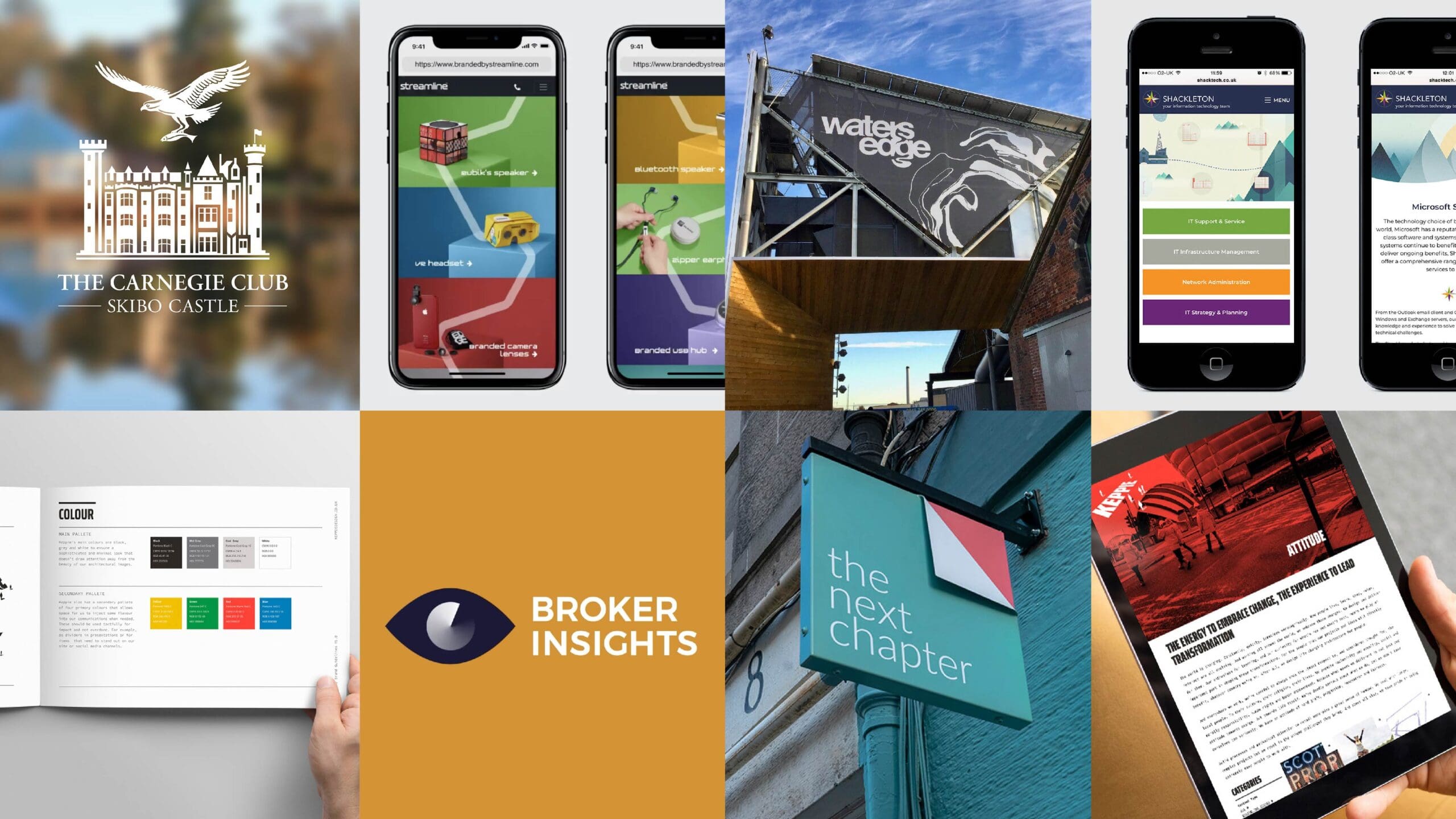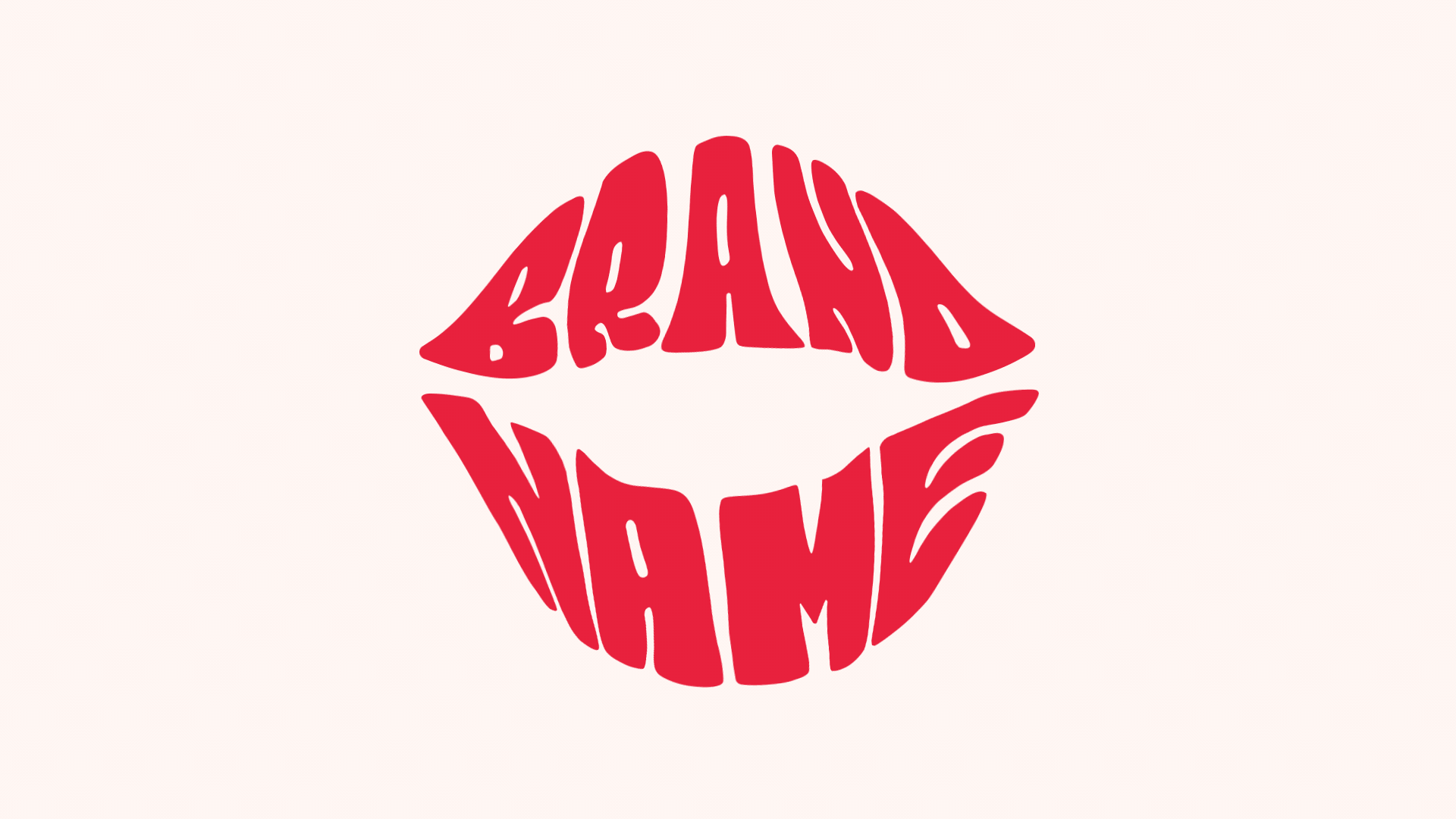Brands are everywhere, they surround us with their easily recognisable identities, of which we soon become familiar with. Brands that have been created skillfully generate a sense of a belonging. People buy into these brands, they fall in love with them and follow them. This results in consumers sharing this brand with others, increasing its recognition and its success.
A brand’s identity comes down to various components – how it looks, sounds and feels. Brand creation takes an idea or product and gives it a personality and voice. The process of creating a brand is based on shaping how people view your company or product through its image and its purpose – with the ultimate goal to create an emotional connection or reaction from the consumer.
When creating a brand, it is imperative to genuinely believe in the product and the company’s ethos. The brand will ultimately represent that spirit, narrating the story of the brand, creating tangibility that people can connect with and believe in.
It is important to put time and effort into its creation. A lucrative brand is incredibly important and should not be underestimated. The conception of a brand provides a channel to build more than just a service, but an entity which grows in value – leading to a prosperous business.
Brand and identity creation, however, comes with its unique language that can be hard to decipher. But do not worry that is something we at Elastic do understand, very well.
So what does it take to create a successful brand?
To create a brand there must be a strategy to follow. How-to achieve specific goals most effectively, within a suitable timescale.
Once there is a product or an idea developed – a brand is needed. It takes several steps to create the appropriate brand for that business. You have to understand your audience. Research and create questionnaires or organise workshops for complete immersion amongst that audience. This concluding in a target customer persona, to direct the brand direction and creation. It is more important to focus on the consumer than competitors.
Understanding the brand itself, ask what is the purpose of the brand? What does the brand say and do? Why is it needed?
This will inform the visual research phase – it is important to test creative routes early on and understand the direction to progress towards and not be stuck with various revisions. It is essential to ask what will be the brand identity, whether you are creating a brand from scratch or refreshing an existing unsuccessful brand.
Once a brief for the brand creation has been created, the next step is a design road map: how will this brand be created?
First up in the process is naming. Probably the hardest part of creating a brand. Devising a name that encapsulates the brand concept and ethos. As well as being original and available to trademark and/or as a web domain. It’s tricky, trust me.
Next comes the approach. A brand needs a consistent identity that appears polished instantaneously. Demonstrating a clear and confident message. The best brands have an underlying narrative, a palpable story. This allows the consumer to feel safe and welcome; undertaking the brand ethos as a way of life. The resolution derived from the brand’s story creates a visual message. This influences the overall visual identity. Once the logo has been created, there are various other elements to be considered. Including typography, colour and iconography to reflect the purpose and personality of the brand.
After the bones of the brand are decided there are more complicated but equally as fundamental elements to generate, these include user experience, imagery, and tone of voice.
Once a brand has been created it has to be launched and implemented. The identity is to be marketed and used in various places to increase exposure and awareness of the brand itself. This could be in various forms, whether that is print and packaging design, web design advertising or interiors to name a few.
So there it is, a quick cut guide to brand creation and identity – and that is only half of it. These are lengthy but important processes and processes that are vital to get right.



